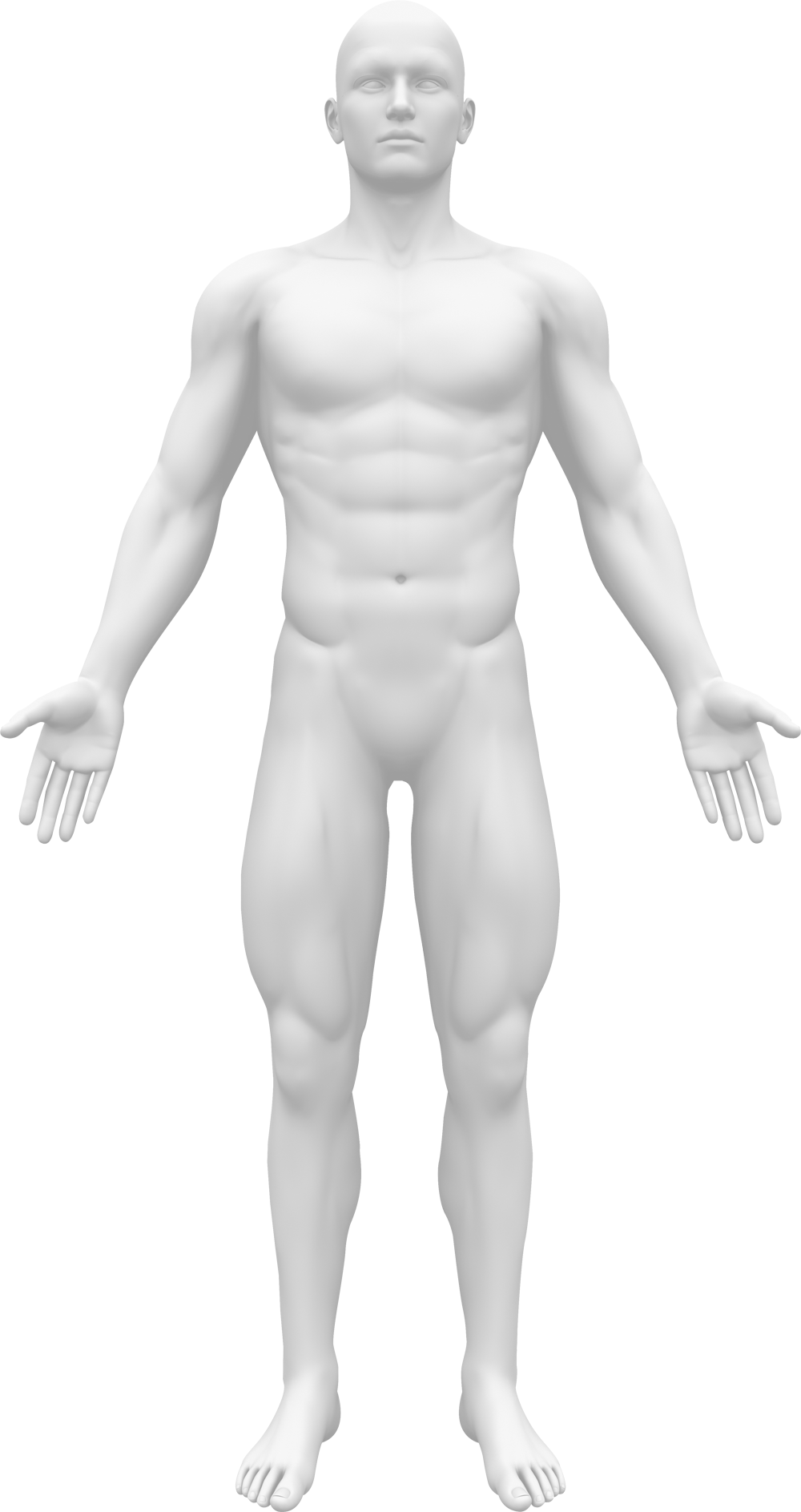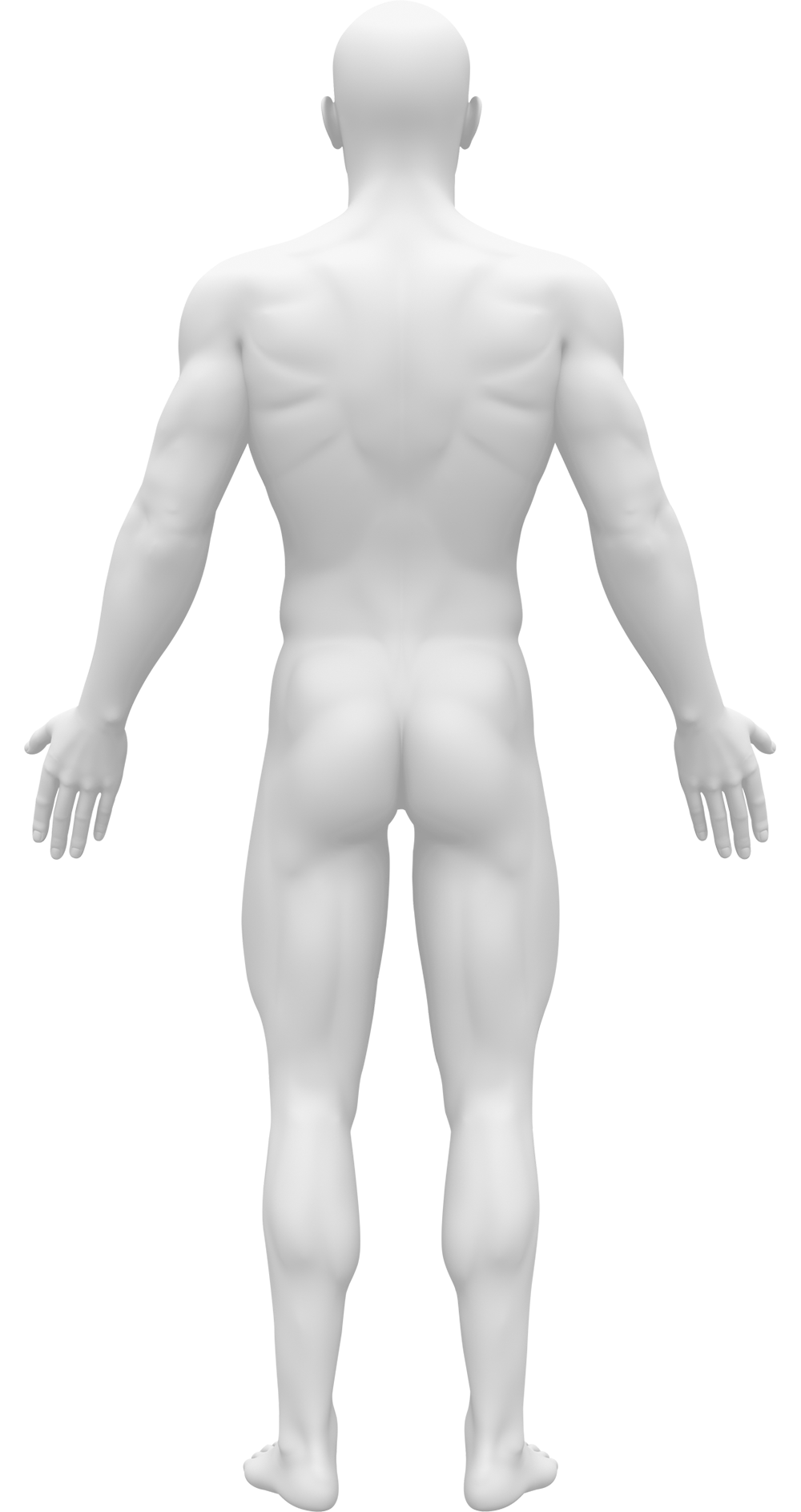티스토리 뷰
Brainstem

It is responsible for many vital functions of life, such as breathing, consciousness, blood pressure, heart rate, and sleep
Medulla: controls your heart rate, breathing, blood pressure and more.
Pons: coordinates facial movements, hearing and balance
Reticular formation: somatic motor control, cardiovascular control, pain modulation, sleep and consciousness, and habituation.
Thalamus: Your thalamus is your body's information relay station. All information from your body's senses (except smell) must be processed through your thalamus before being sent to your brain's cerebral cortex for interpretation. Your thalamus also plays a role in sleep, wakefulness, consciousness, learning and memory.
Cerebellum: making postural adjustments in order to maintain balance.
Limbic System

behavioural and emotional responses, especially when it comes to behaviours we need for survival: feeding, reproduction and caring for our young, and fight or flight responses.
Hypothalamus: manage your body temperature, hunger and thirst, mood, sex drive, blood pressure and sleep.
Pituitary Gland: regulates growth, metabolism, and reproduction through the hormones that it produces
Amygdala: It's a major processing center for emotions.
Hippocampus: long term memory formation and memory retrieval. It also plays a role in spatial memory, allowing individuals to keep track of where objects are and the position of their body relative to the objects around them.
Cerebral Cortex


higher level processes of the human brain, including language, memory, reasoning, thought, learning, decision-making, emotion, intelligence and personality.
Frontal Lobe: It's responsible for control over many abilities, including the way you think, how you move and how you remember things.
MotorCortex: generate signals to direct the movement of the body.
Broca’sArea: essential in speech production and coordinating the movements needed to speak.
Parietal Lobe: vital for sensory perception and integration, including the management of taste, hearing, sight, touch, and smell.
Somatosensory cortex: responsible for processing all bodily sensations. These sensations come from receptors found throughout the body that detect temperature, pain, touch, weight, and proprioception
Occipital Lobe: primarily responsible for visual processing
Visual Cortex: The primary purpose of the visual cortex is to receive, segment, and integrate visual information. The processed information from the visual cortex is subsequently sent to other regions of the brain to be analyzed and utilized
Temporal Lobe: play a role in managing your emotions, processing information from your senses, storing and retrieving memories, and understanding language.
Wernicke’s Area: Wernicke's area is associated with language comprehension
Corpus Callosum: The corpus callosum is a thick bundle of nerve fibers that connects the two cerebral hemispheres, allowing them to communicate. It is also involved in movement control, cognitive functions, and vision.
Association Areas: The association areas integrate information from different receptors or sensory areas and relate the information to past experiences. Then the brain makes a decision and sends nerve impulses to the motor areas to elicit responses.
'Exercise is medicine > ETC (기타)' 카테고리의 다른 글
| (연부조직 이완에 대한 깨달음) - 섬유막은 왜 미끌어져야 하는가 (0) | 2023.10.15 |
|---|---|
| 운동과 행복 (0) | 2023.09.22 |
| 테스트 (0) | 2023.08.07 |
| Ebook 물리치료사를 위한 체형교정법 총정리 [2020 4.2] (42) | 2020.04.20 |
| Ebook 호주 물리치료사의 체형교정법 [2020 04] (744) | 2018.04.02 |
- Total
- Today
- Yesterday







